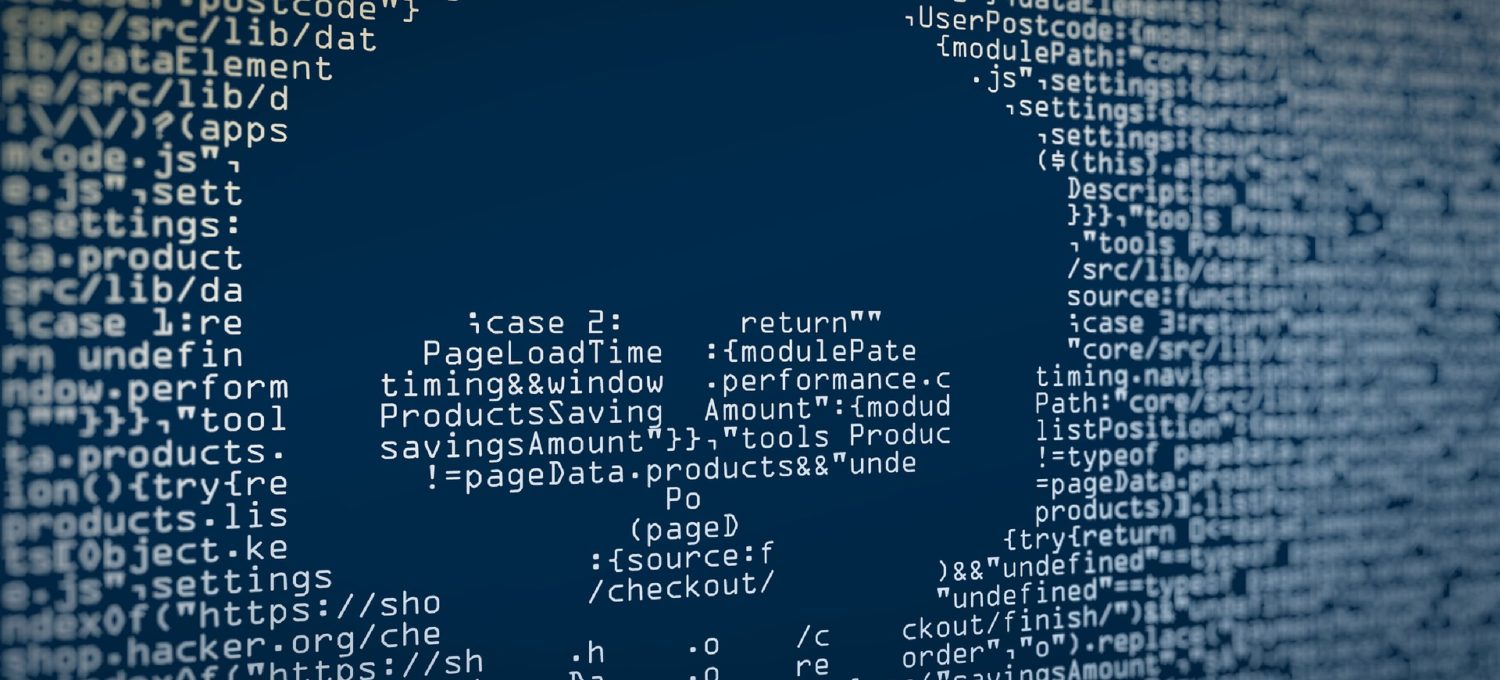Ransomware is a type of malware that uses encryption technology to hold the victim’s information at ransom. Most ransomware is delivered through targeted attacks or elaborate email spam campaigns. By itself, ransomware is not the most significant risk. The actual risk occurs with the operational impact that it will have on a business. For example, ransomware has the ability to shut down parts or all of a plant, freeze up manufacturing control systems, target a bank’s clearinghouse, or cause other backlogs.
Preventing malware from accessing your system is by far the best solution. Therefore, it is beneficial to understand how an infection can be prevented. Below are five ways to avoid ransomware.
Enhance network security with updates and patches
Protecting your business from ransomware and other malware does not begin or end at the gateway. Attackers will look for configuration errors or other vulnerabilities that they can use to exploit your network. In fact, your system’s security will depend on the network perimeter and should be enhanced to include anti-spyware and antivirus. Updating your security software and operating systems frequently will help prevent cyberattacks.
Security awareness training
As soon as a team member unsuspectingly clicks on a corrupt link, the ransomware may spread throughout your entire network. Staff should understand that unusual domain names, spelling errors, and the genuineness of an email request may all be red flags for ransomware. Training and educating staff on the dangers of malware will bring awareness throughout the entire organization. Employees should treat all suspicious emails with increased caution. If a link seems questionable, experts advise hovering over it to determine where it leads before unsuspectingly clicking on it.
Continuously assess vulnerability
Most of the time, cybercriminals will look for the least-protected gateway into a network. In fact, many specialize in taking advantage of popular vulnerabilities in mainstream software. To prevent easy access, use security software that’s been updated to protect you from the latest threats. Also, make sure to cross-check your network against the latest revelations to ensure that all weaknesses have been eliminated. A company like Proofpoint can help protect you from ransomware at every level.
Adopt a multi-layered approach
Adopting a multilayered approach will assist in preventing ransomware from accessing your system through a single point of failure. It should not only include backing up critical systems and regularly patching vulnerabilities but also implementing multiple, overlapping, and equally supportive defensive mechanisms, including:
- Web security gateway solutions
- Malware protection
- Intrusion detection on protected systems
- Deployment of frequently updated firewalls
- Gateway antivirus software
Stay informed
Stay informed and up to date on recent ransomware techniques and cybersecurity threats. For example, information about current phishing attacks, security alerts, and tips may be found on the Center for Internet Security website.
Adopting a robust defense against ransomware threats will help reduce the risk of infection. With the recent uptick in ransomware attacks, it’s important to make sure your system is protected. There are several types of software available that will accomplish this for your organization by governing every identity and inspecting every packet. This assures that data is protected and your business is safeguarded from a variety of threats, including ransomware.
Image by Elchinator

